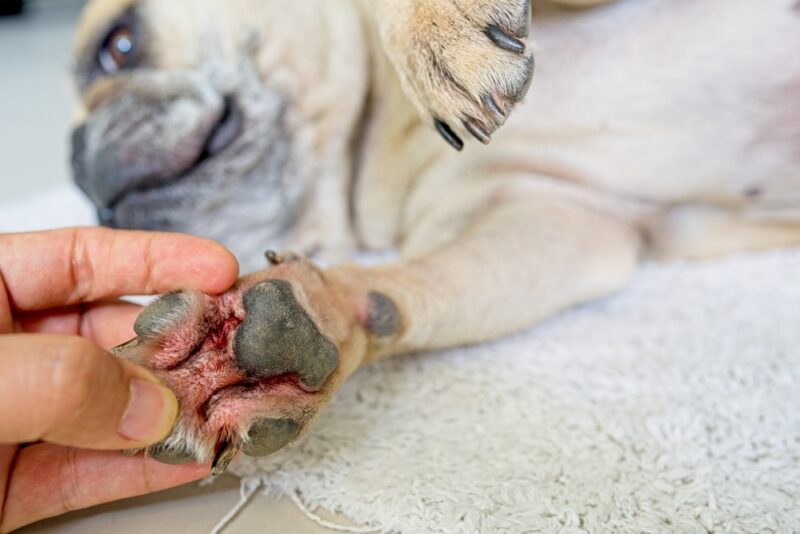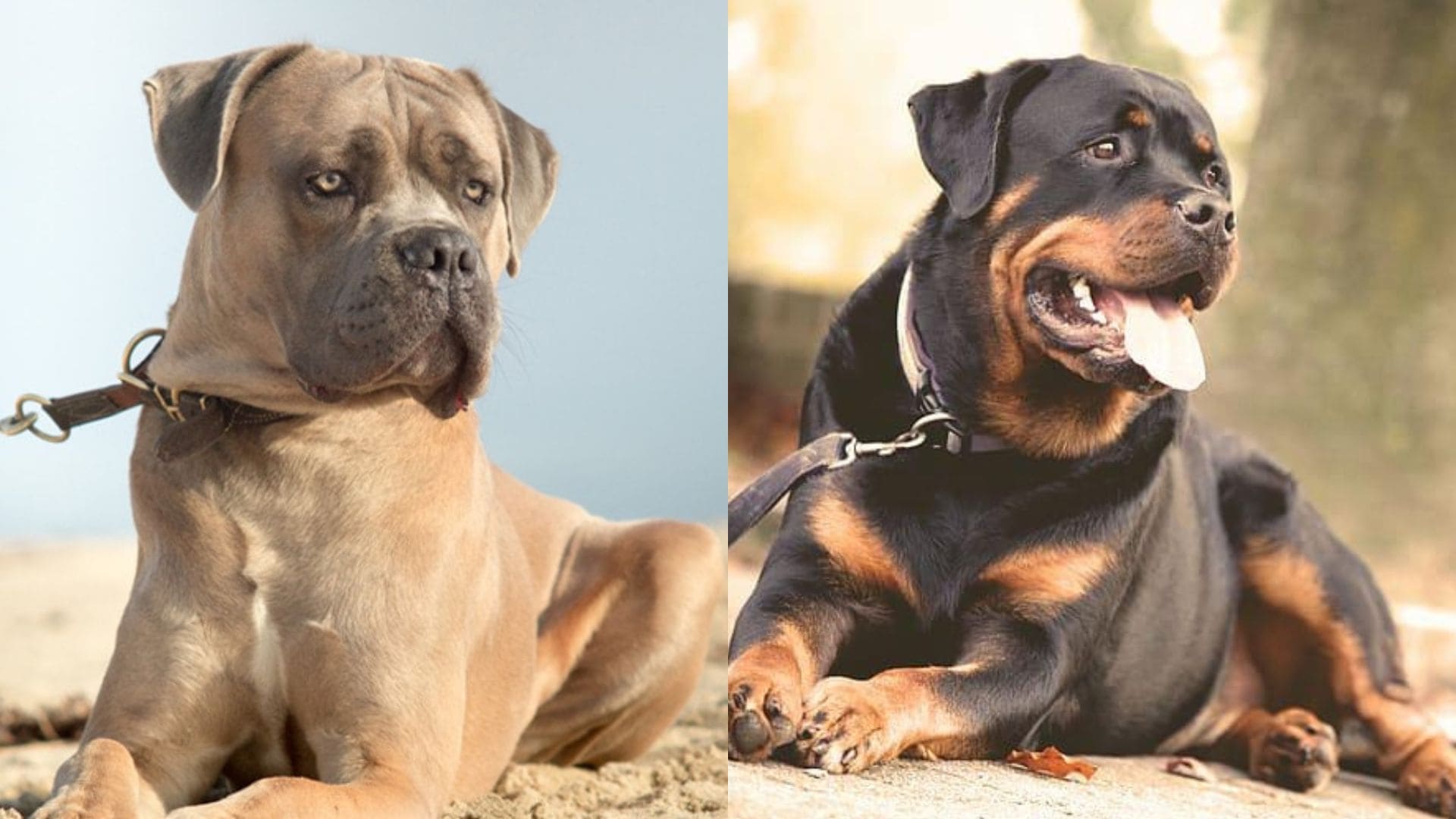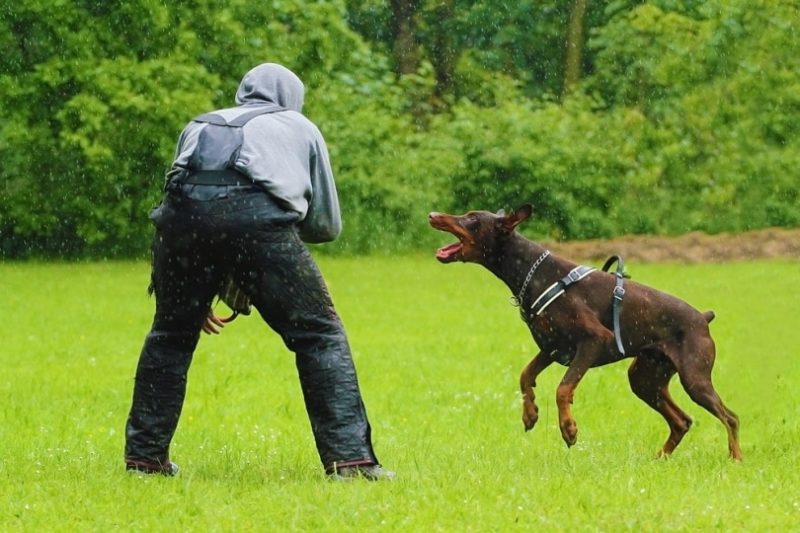Maltipoo vs French Bulldog: The Differences (With Pictures)

Updated on
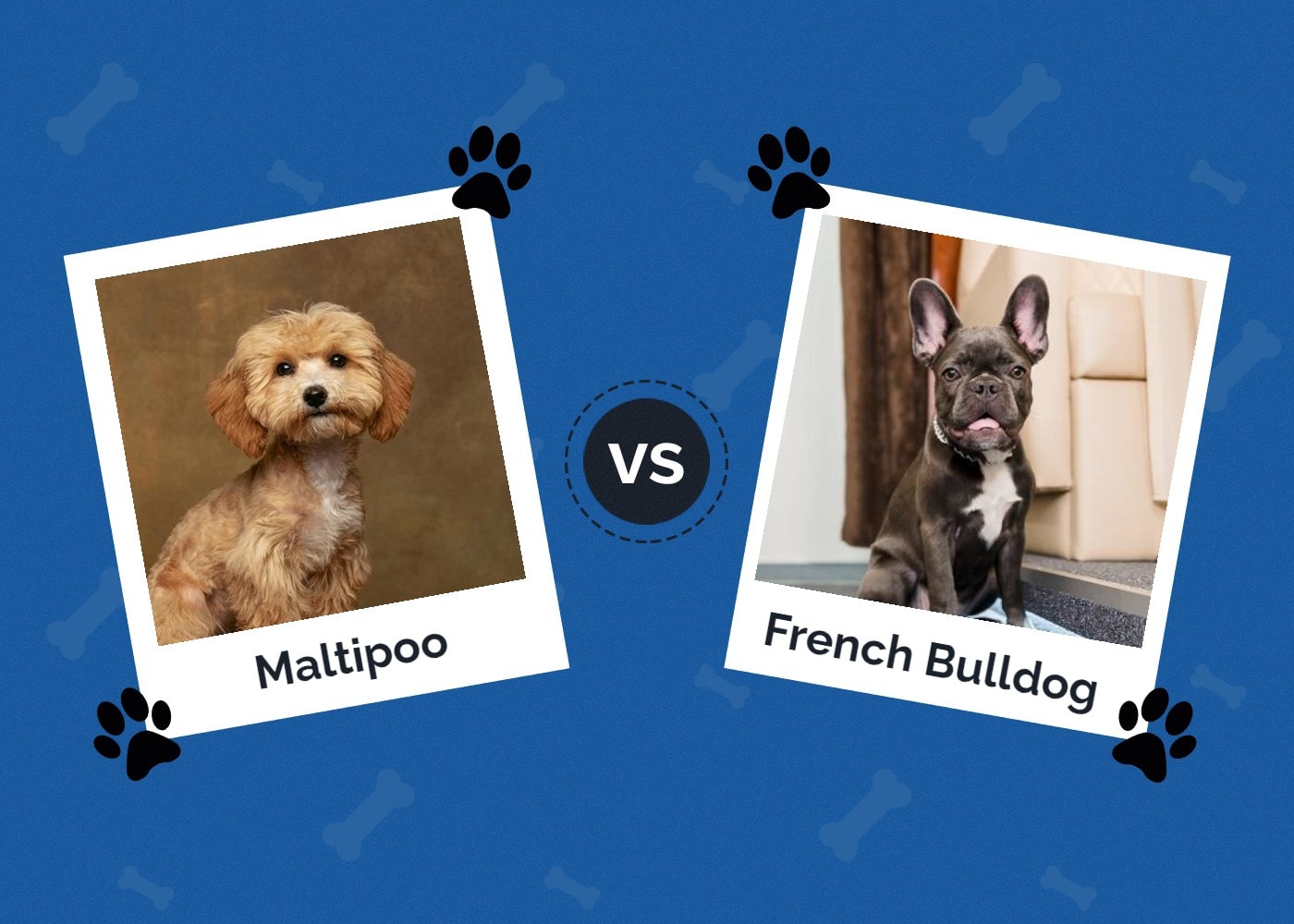
Click to Skip Ahead
The Maltipoo is a mixed breed of designer dog pairing two old breeds: the Poodle and the toy Maltese. This pairing creates a small, fluffy, and very friendly creature. The French Bulldog is a pure breed hailing from Britain (though it was developed further in France and the United States) and is one of the brachycephalic breeds of dogs that have had their popularity boosted in recent years. Both these dogs have unique quirks and some drawbacks; this article will look at their physical and character traits and the type of family each dog is suitable for.
Visual Differences

At a Glance
- Average height (adult): 8–14 inches
- Average weight (adult): 5–20 pounds
- Lifespan: 10–13 years
- Exercise: 1+ hours a day
- Grooming needs: High
- Family-friendly: Yes
- Other pet-friendly: Often
- Trainability: Intelligent, willing, excitable
- Average height (adult): 11–13 inches
- Average weight (adult): 17–30 pounds
- Lifespan: 10–12 years
- Exercise: 1+ hours a day
- Grooming needs: Low
- Family-friendly: Yes
- Other pet-friendly: Often
- Trainability: Intelligent, stubborn, eager
Maltipoo Overview
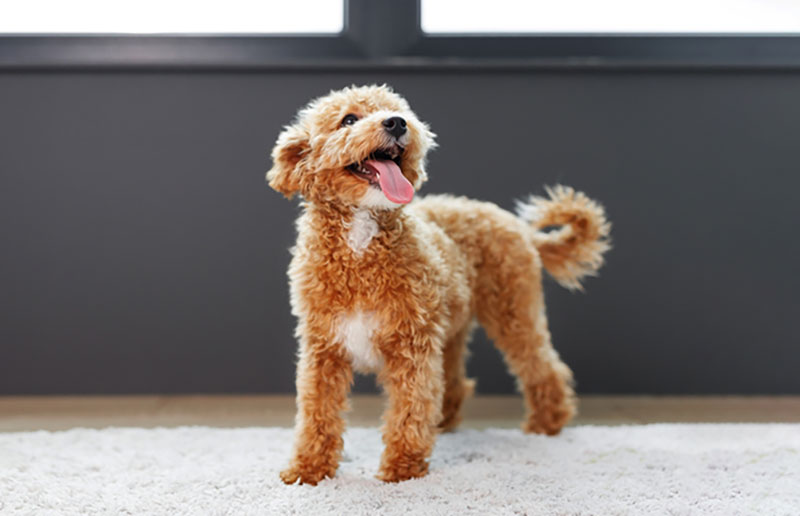
Maltipoos are a hybrid dog breed specifically bred to combine the most desirable traits of the two breeds used: the Poodle and the Maltese. These dogs are fluffy, adorable, and often small in stature. Their small size makes them a perfect dog for apartment living. However, there are some downsides to Maltipoo ownership that every owner should know. Because Maltipoos are a hybrid, sometimes only the more “desirable” traits are not what you end up with.
Personality / Character
Maltipoos (if bred correctly) are all about one thing: family. They love to be around humans and are playful, fun-loving, and great with children and parents alike. These dogs are easily trained due to their intelligence and enjoy all interactions with people. They take the Poodle’s hard-working attitude and combine it with the Maltese’s love of sitting on a lap.
Training
Maltipoos are intelligent and, as such, are usually easily trained. However, because of their intelligence, they need to be mentally stimulated by interactions with their humans daily. Puppy classes are excellent for Maltipoos because they can be socialized and keep their brains engaged. In addition, as they grow older, obedience classes can help them grow into their potential.
Health & Care
Because the Maltipoo is a mixed breed, their general health is quite good. However, there can be some inherited problems from both sides, including Legg-Perthes disease from the miniature Poodle side and White Dog Shaker syndrome from the Maltese side. Aside from this, the common ailments suffered by Maltipoos include skin and ear problems. However, regular vet visits can help to identify and prevent these.

Grooming
Depending on how your Maltipoo’s coat curls, their grooming needs can be extensive or no more than a couple of brushing sessions per week. If your Maltipoo has more of a silky coat, regular grooming will still need to be done, but a brush once a day (with a more thorough brush twice a week) will suffice to keep tangles away. If your Maltipoo has a tightly curled coat, it must be groomed daily to prevent painful matting. The hair may also need to be clipped away from the face, feet, and bottom area for visibility and cleanliness.
Exercise
The Maltipoo is a tiny dog, so it will only need around half an hour to an hour of exercise per day. Owners can provide this with short, brisk walks around the block as they don’t need large areas to run around. However, they must get daily exercise since boredom can lead to destructive behavior. In addition, they are prone to weight gain if not exercised correctly.
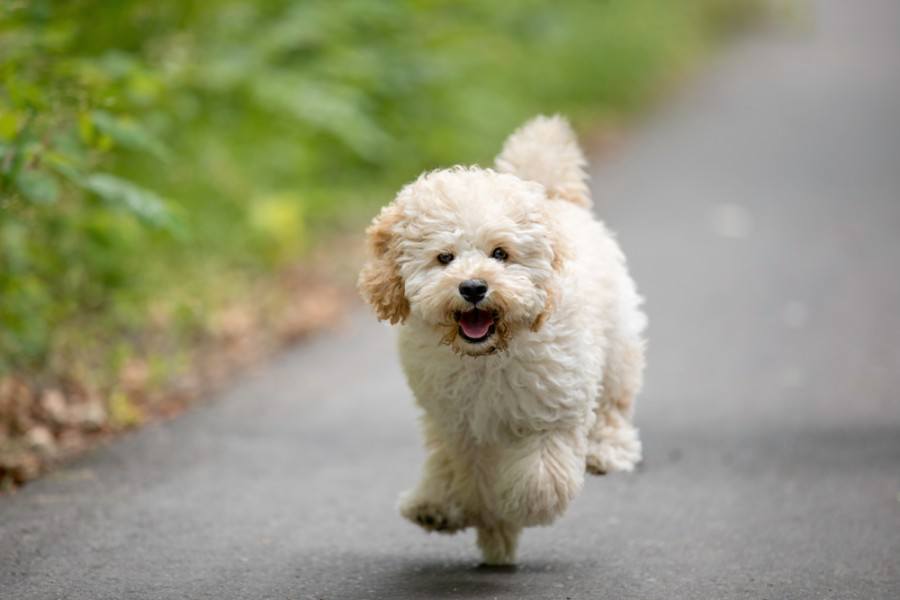
Suitable for:
The Maltipoo is a perfect dog for family life. Families that live in apartments are more than suitable for the Maltipoo’s small stature as long as they can provide undivided attention and enough training and rewards to keep them happy and motivated. These dogs don’t bark much and, if well-socialized, are generally pleased to be around any type of pet, including other dogs.
However, like any dog, they need attention from their owners and require more grooming than other breeds if they have curly coats. Families with very young children may want to adopt a bigger dog since the Maltipoo is a small and delicate dog that can easily be hurt by accident.
- Adaptable
- Friendly
- Can live in an apartment comfortably
- Good with children and other pets
- May not be suitable for small children
- Can require more grooming than other breeds
- Temperament can vary due to their mixed breed status
French Bulldog Overview
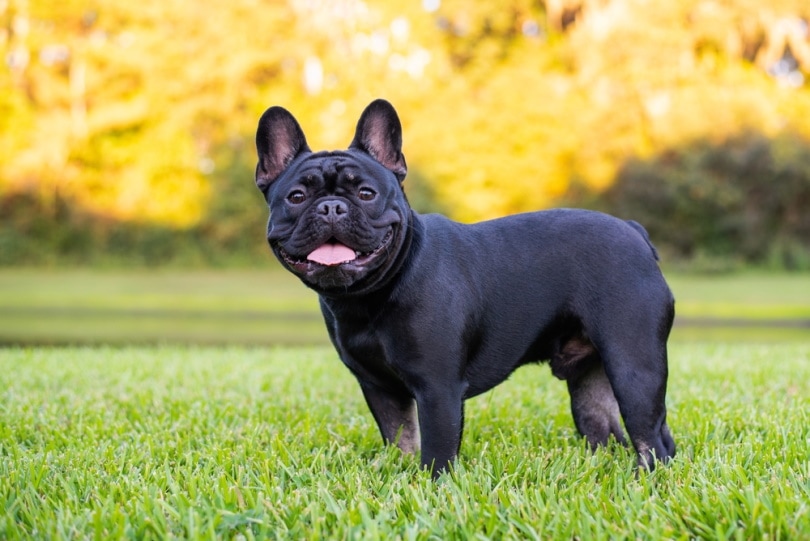
French bulldogs are an increasingly coveted breed that has exploded in popularity recently, with everyone from celebrities to a normal family home having one of these lovely little dogs. These brachycephalic breeds were developed from British Bulldogs, making them smaller and more compact until the French Bulldog as we know it today was formed.
With their upright ears and big smiles, these dogs are natural jokers and are friendly and open with people. With proper socialization, they can make excellent family pets for those who already have pets in the home. However, because of the breed’s physical issues, health problems are very likely, some of which can be devastating.
Personality / Character
The French Bulldog is a born clown, always willing to be silly and playful with anyone who will offer them attention and affection. They are great with children and other pets and, more often than not, want to make everyone happy. They love to relax with their owners on the couch at the end of a long day playing. Frenchies are very adaptable and ever-alert. But above all, they are extremely affectionate with loved ones.
Exercise
French bulldogs need as much exercise as most small breeds, around an hour a day. However, owners must be careful of the amount of activity and the temperature (such as a warm summer’s day). The French Bulldog is brachycephalic, meaning it has a very short snout and a long soft palate. This makes breathing and temperature regulation very difficult for some French Bulldogs, so care must be taken when exercising to prevent exhaustion.
Training
French Bulldogs have a good temperament. They love to be around people and make them happy, which makes training them more accessible than some other dogs. However, they can also be stubborn but intelligent (their intelligence was ranked 58th of all dog breeds).
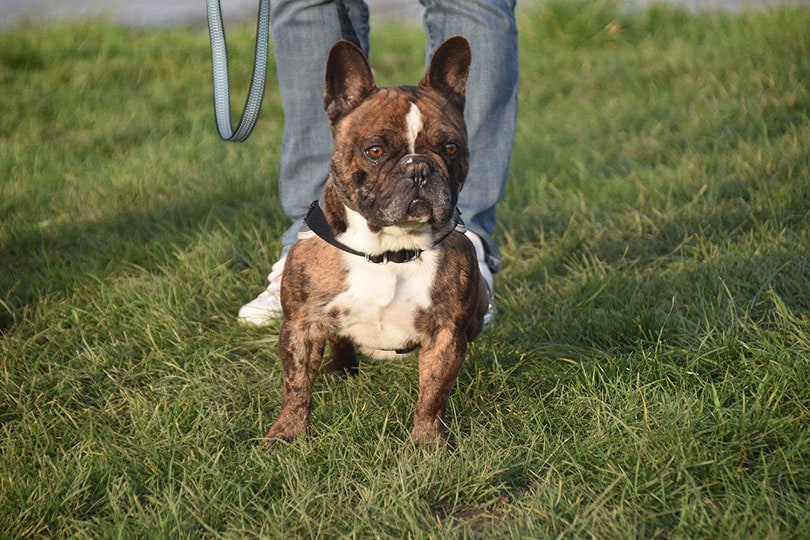
Health & Care
The French Bulldog suffers from several health issues due to inbreeding. Their main issue is brachycephalic airway obstructive syndrome, which consists of a very short snout (brachycephaly) and an elongated soft palate. This soft palate means it’s challenging for brachycephalic dogs to breathe and can cause collapse and oxygen deprivation during even the smallest amount of exercise. They are also prone to spinal problems that can cause paralysis, linked to their curly tails, and dermatitis (a skin problem that occurs in their skin folds).
Breeding
Because of how the French Bulldog is built, breeding them is difficult. Having the potential parents genetically tested to ensure they’re healthy before breeding and using artificial insemination are standard practices. Cesarean sections also occur in over 80% of French Bulldog litters. Therefore, there is some controversy over the breed standard.
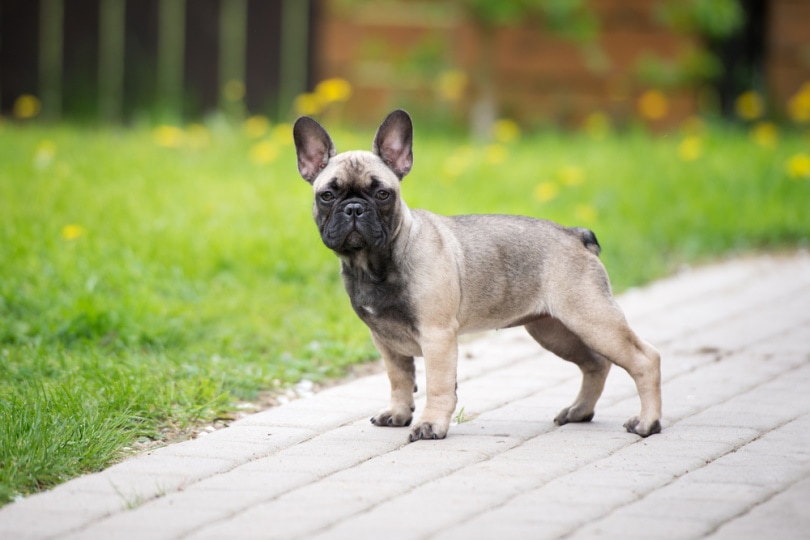
Suitable for:
The French Bulldog is suitable for families with children who understand that while these dogs are playful and rambunctious, they should be treated with respect. Couples or singles who want a devoted pet that doesn’t need much grooming and is enchanted by attention from their favorite person would do well with a French Bulldog. They can live in apartments or large homes, but ensuring that the temperature is regulated wherever you live is vital for these dogs.
- Loving and loyal
- Natural clowns
- Good with children and other pets
- Many potentially devastating health issues
- Can be stubborn
- May be noisy when sleeping
Which Breed Is Right For You?
Maltipoos and French Bulldogs are two very different breeds. However, they have some common traits, including a happy and playful temperament and small stature. The Maltipoo is a dog that is generally healthier and can be relied upon to have fewer health conditions than the French Bulldog.
However, because of its pure breed status, the French Bulldog is likelier to conform to its happy and playful temperament. The Frenchie and Maltipoo cost around the same amount of money and are both suitable for families with children who are older and live in a large home or a small apartment. Their energy needs are also relatively similar; short walks and plenty of stimulating training and playtime will keep them happy and healthy.
- Related Read: Maltipoo vs Pomeranian
Featured Image Credit: (L) Master1305, Shutterstock | (R) OlgaOvcharenko, Shutterstock



